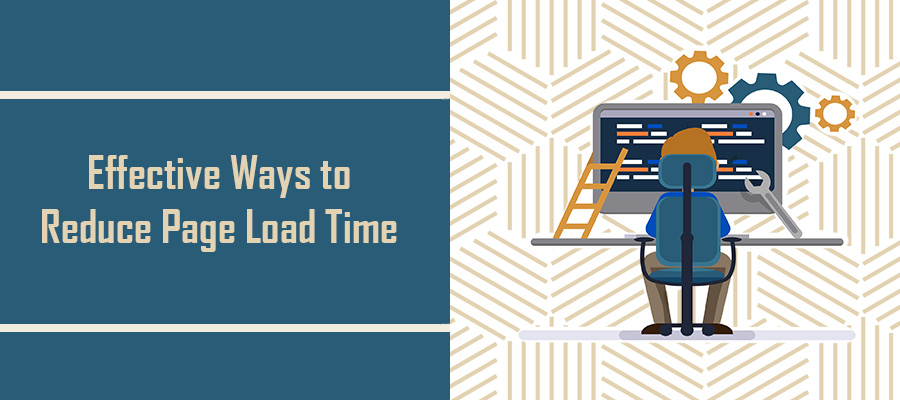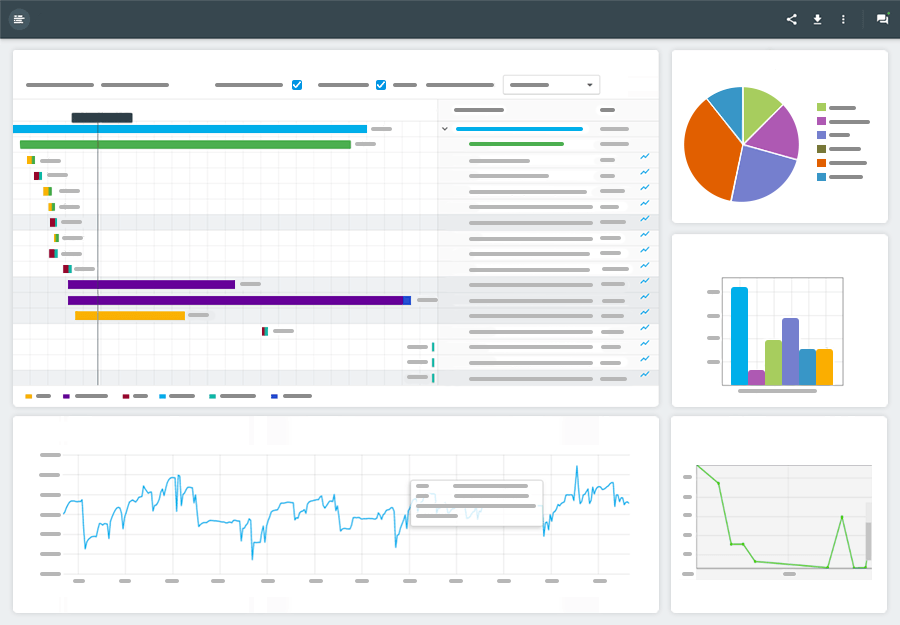 If there’s one thing that both Google and Internet users agree on it’s page load time.
If there’s one thing that both Google and Internet users agree on it’s page load time.
Even if your website is filled with unique, valuable and insightful products and content, a slow page load time is the absolute fastest way to experience the cold shoulder from both Almighty Google and audiences.
As we move deeper into the 21st Century, the rapid development of dynamic network configurations and futuristic devices only adds fuel to the speed fire.
Not only must your desktop site deliver optimum page load times, but as Google implements its mobile-first algorithm update in 2018, your mobile site must meet the lightening fast page load time requirements of less than 2.11 seconds.
Regardless of whether your website is powered by a CMS, such as WordPress, or is built upon a traditional platform, the need to hack page load time has never been greater.
While achieving optimum webpage load time may seem complex, some of the most effective ways to reduce page load times are well-within the realm of novice website owners.
Are you ready to kick your website into high gear? Let’s stop wasting time and get down to the speedy business of reducing page load time!
#1 – Be Selective with Plugins and Add-on Elements
While this tip is primarily geared toward those with WordPress websites, it’s not exclusive.
Even the most well-designed plugins and on-page add-ons can severely slowdown your website if too many are used. However, even one incorrectly coded plugin can prove detrimental to your webpage load times.
As a general rule, only use plugins that are absolutely necessary for that specific page. If the add-on is cute, but adds little value to the overall engagement and functionality of your site, get rid of it.
#2 – Optimize Every Image for Maximum Performance
The easiest way to significantly destroy website speed is with unoptimized images. All it takes is a few large image files to add seconds to total page load time.
Therefore, it’s beyond important to focus your sights on optimizing and compressing existing images and adhering to these principles going forward.
While there are many ways to accomplish this task, the following is a brief breakdown of image optimization best practices:
File Formats – Only use JPEG, PNG or WebP file formats. Here’s a tip, WebP offers the best compression without reducing quality, but it’s only natively supported in Chrome and Opera. JPEG files should be used for most images and PNG is best for small images, like thumbnails or icons.
Resize Before Uploading – Always resize your images BEFORE uploading them to your web server.
Compress Images – After resizing, but before uploading to your site, run the images through a compression tool to remove unnecessary bulk from hidden data.
#3 – Reduce HTTP Requests for Each Page
Every file your website requires to render is sent from the web server to end-user browser via HTTP requests. The browser communicates with your server and the server transmits each packet based upon each request.
The most effective way to accomplish this task is by refining your webpage. The following are quick and easy ways to reduce HTTP Requests:
- Eliminate unnecessary/filler images and graphics.
- Sparingly use, or completely eliminate, third part embedded elements, such as Twitter or Instagram embeds.
- Setup asynchronous JavaScript, which means your HTML, CSS and other files load at the same time as JavaScript. This differs than default page loading which loads and renders files from top-to-bottom, which adds significant time to page load speed.
- Combine CSS files into a single stylesheet. Remember, fewer individual files equals fewer HTTP Requests.
#4 – Leverage Gzip Compression
Did you know you can compress your entire website into a much smaller and faster format? This performance enhancing method is known as Gzip compression, and it’s capable of significantly reducing webpage load time.
In most cases, Gzip can reduce transmitted file size up to 70%. There are many different methods you can use to execute this page load time lifesaver.
Here’s an easy, straightforward guide to Gzip compression.
#5 – Include an Expires Header for Caching
While this feature is often included with most server cache protocols, its impact on page load time makes it worth noting.
Essentially, an Expires Header instructs an end-user web browser on how long it should retain your website cache. In general, static page elements/files (i.e., elements that will never change) should feature a “Never Expire” header. Other headers should be expired typically within 1 month.
#6 – Minify CSS Stylesheets
Minifying your stylesheets is a simple and easy way to dramatically reduce webpage load time. Essentially, this action compresses your current CSS stylesheet into a new file that’s been optimized with less whitespace.
When you have a CSS-heavy website, this simple act can result in a dramatic boost to page load speed. While you can do this by hand, why would you?
The following is the most popular and effective CSS Minifier Tool.


